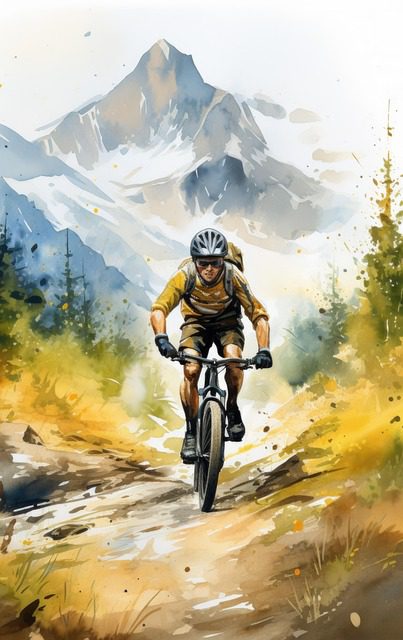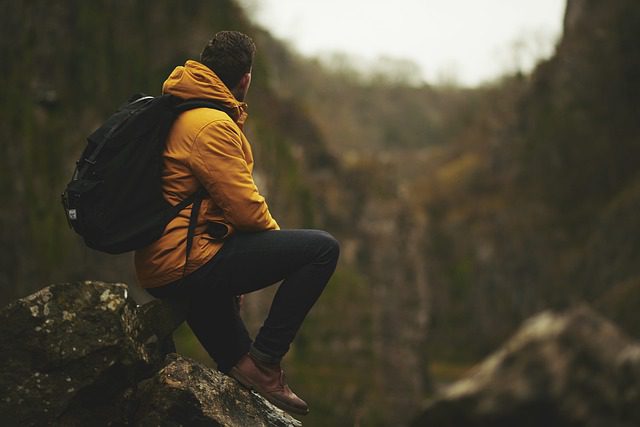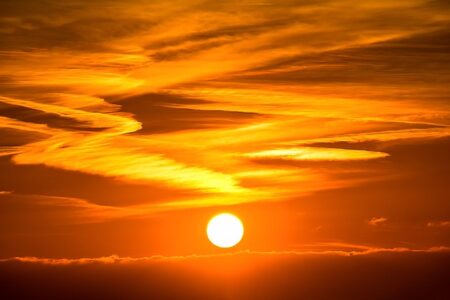At first glance, tech and nature don’t seem to have much in common. In fact, they appear to be complete opposites, as one is centered around scientific progress and man-made systems, which often alienate people from the natural world, while the other stands for raw, untouched ecosystems and the unaltered aspects of life.
And yet, there is common ground uniting the two.

Stepping into the great outdoors is a truly transformative experience, but it can also be quite intimidating and daunting, especially if you’re not used to it. Living in the urban jungle, surrounded by concrete walls and the comforts of the modern world, has made us lose touch with Creation, so many don’t have the skills or the knowledge to interact with it.
Fortunately, technology can lend a helping hand when it comes to reconnecting with nature.
Gone are the days when one would venture into the unknown, armed with only an old-school map and compass duo to navigate challenging trails.
Now, outdoor enthusiasts have access to a host of digital products and services that can help enhance and facilitate open-air experiences.
So, whether you’re going hunting, fishing, hiking, camping, or embarking on some other outdoor adventure, here are some tech-powered solutions that can come in handy.
Educational resources

You don’t have to travel far and wide to enhance your outdoor skills. Nowadays, online courses, e-learning platforms, and outdoor instructional videos allow you to expand your knowledge on a broad range of topics such as hiking techniques, route planning, mountaineering, and much more — all from the comfort and safety of your own home.
Outdoor Educational Options include:
- Thru-Hiking 101 – this six-week online course created by Backpacker Magazine teaches you how to plan and complete long-distance backpacking trips with guidance from professional thru-hiker Liz “Snorkel” Thomas.
- Backpacking Light webinars – the online hiking magazine is a go-to educational resource that offers webinars and masterclasses advising on gear and skills for lightweight and ultralight hiking.
- Dedicated videos, podcasts, and digital guides – if you are not keen on joining formal courses, there’s also a wealth of useful information for free on YouTube regarding the outdoors, as well as podcast platforms, forums, or in digital guidebook format.
These online educational resources can help you build essential skills, so when you do decide to take the leap and venture into the wilderness, you’ll be prepared to take on any challenge.
Safety and planning solutions
Planning outdoor adventures is a bit more complicated than throwing a few items in your backpack, picking a trail, and deciding how you’re going to spend your time. This is something that requires thoughtful preparation, taking safety precautions, and managing complicated logistics, all of which can be greatly simplified with the right digital tools, such as:
- Cairn – a well-known solution among adventure seekers, Cairn is a hiking and safety app that offers a series of useful features such as route tracking, trail stats, sending notifications to chosen contacts, identifying areas with cellphone coverage, and offline access to topographic maps.
- Bergfex – this is a set of mobile apps providing detailed info to help nature enthusiasts find, plan, and track their experiences. The apps cover three main areas of interest: hiking and tracking, ski, snow, and weather, and weather and rain radar.
- Recreation.gov – you can now handle permits and plan trips with just a few taps. Recreation.gov is a free mobile app that allows you to search and book campsites, passes, and other experiences on public lands in the US.
-
N1 Outdoors® HIKE. Tee
$19.00 -
N1 Outdoors® CAMP. Tee (Various Colors)
$19.00 -
N1 Outdoors® CLIMB. Tee
$19.00
Smart navigation tools
The vastness of nature is impressive, but navigating through it can be a real challenge. Luckily, digital innovations have your back on this one, too, with solutions such as:
- Navigation apps – no self-respecting hiker or backpacker would start their journey without a reliable navigation app. AllTrails, Gaia GPS, and Komoot are among the most popular options.
- Handheld GPS devices – for serious hiking, dedicated GPS devices are a must, as they offer superior reliability, specialized features, and can work in areas with no cell service. Garmin GPSMAP 67 and Bushnell BackTrack Mini GPS are notable options worth considering.
- Satellite messengers – when hiking in remote areas, a solid device with satellite messaging capabilities from reputable brands like Garmin or ZOLEO can be an invaluable tool.
Augmented and virtual reality experiences
Cutting-edge technologies like augmented and virtual reality (AR and VR) have also entered the outdoor exploration space, where they serve different purposes. You’ll find them under various forms, such as:
- Peak identification apps: tools like PeakVisor and PeakFinder leverage AR to help you scan your surroundings, identify mountain peaks, and learn about ranges by blending virtual elements with real-world environments.
- Virtual trail guides – digital guide apps like FarOut combine GPS capabilities with guidebook information and real-time updates to guide you on popular trails worldwide, such as the Appalachian Trail, the Continental Divide Trail, or Australia’s Bibbulmun Track.
- Virtual reality explorations – when in-person expeditions are not possible, VR tours are the next best thing. You can find immersive 360°-degree virtual tours of U.S. National Parks on platforms like the Google Arts & Culture app or the National Park Service (NPS) website.
VR experiences are also frequently used in teambuilding contexts, in which case they should be paired with cybersecurity products like a password manager for teams, to ensure safe access and prevent data leaks.
Wearables
Smart wearables have gone mainstream, being used by most nature lovers these days. You can complete your outdoor tech stack with:
- Rugged watches from brands like Garmin, Suunto, and Coros, with features like GPS tracking, mapping, and long battery life.
- Health and recovery trackers have also become quite popular, being used to record and monitor physical activity, so you can gain insights into various aspects of your health as you engage in backcountry pursuits.
Now, Go Get Out There

So, what are you waiting for? Get out there and experience outdoor adventure!
The tech space has brought countless innovations and solutions that can help us enjoy safer, smoother, and more rewarding outdoor experiences, transforming the way we interact with the natural world. With digital technologies advancing rapidly, new breakthroughs are sure to follow, further enhancing our nature outings.
Now, go get out there and enjoy Creation!




























